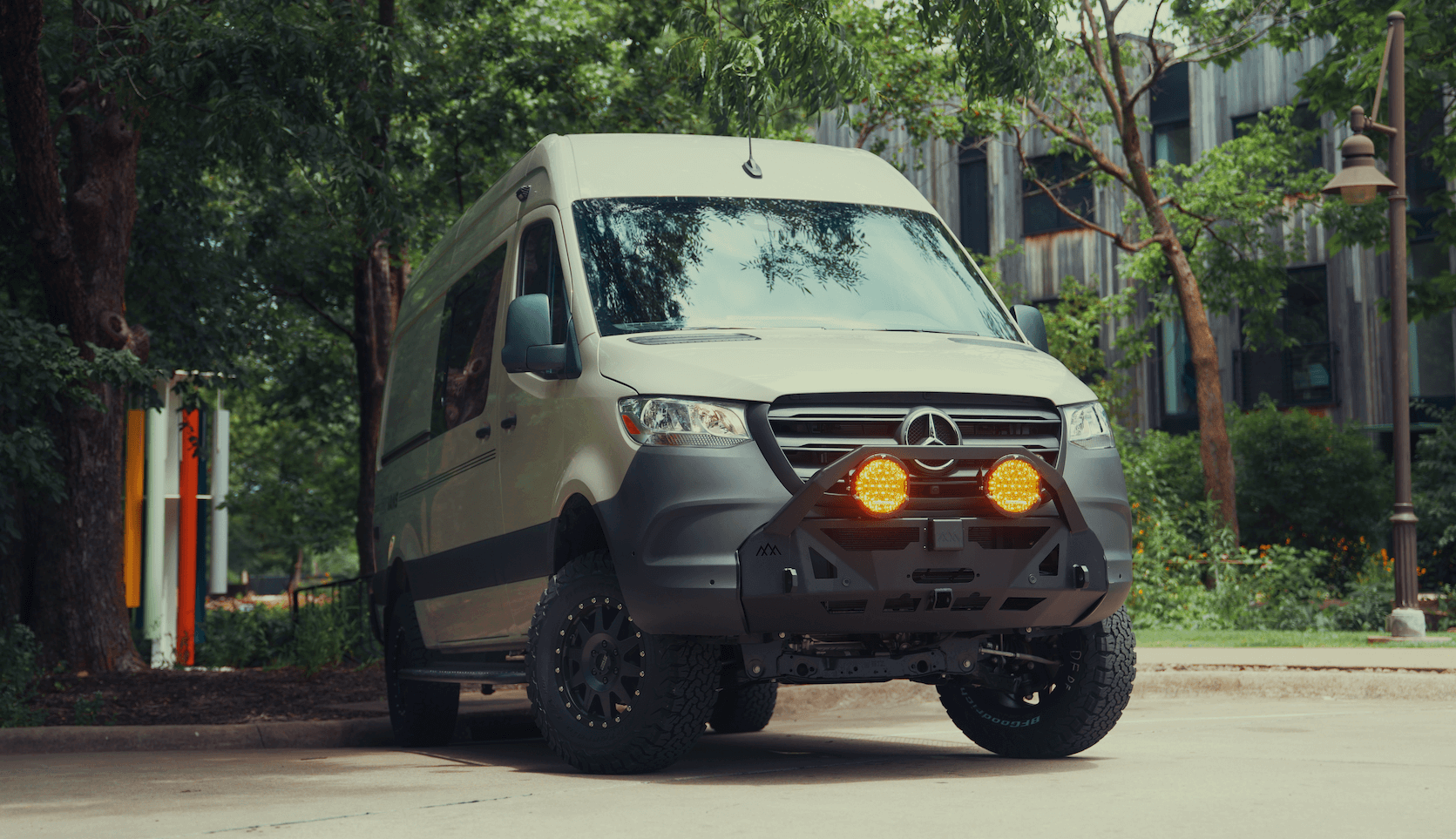Recreational Vans

Planning a gas generator for a van starts with a load map. List every appliance you intend to run, note its running watts and starting surge, then calculate the highest likely simultaneous draw. Air conditioning and induction cooktops are the usual peak loads, while fridges, fans, and chargers sip power. A right sized generator avoids constant overload while maintaining reasonable fuel use.
Inverter generators are preferred for van life because they produce clean sine wave power for sensitive electronics and throttle down under light loads, which reduces noise and fuel burn. Open frame units can make more power per dollar but are loud, inefficient at partial load, and tougher to quiet. Many travelers choose an inverter model sized between two and three thousand watts for moderate comfort needs, while larger rooftop air units or heavy tool use may require more capacity.
Runtime depends on tank size, engine efficiency, and your load profile. A generator running at forty to sixty percent of capacity often strikes the best balance between fuel economy and headroom for surge. Plan for refueling logistics and carry approved containers stored outside the living area. Fresh fuel with stabilizer and periodic exercise keeps the carburetor clean and the unit ready.
Add your continuous loads, then add a buffer for startup surges, typically twenty to fifty percent depending on the device. Soft start modules on air conditioners can cut the surge, letting a smaller, quieter generator do the job. If you will charge a lithium battery bank while running other gear, include charger draw in the total and consider a transfer switch to isolate circuits safely.
Safety is non negotiable with any gas generator for a van. Carbon monoxide must be treated seriously, so never run a generator in an enclosed space, under the van, or near open windows. Use a dedicated exhaust route that sends fumes away from the cabin, install carbon monoxide detectors inside the van, and keep a fire extinguisher within reach. Cables should be sized for the current, protected from chafe, and connected through proper shore power style inlets.
Noise control begins with the generator choice, then improves with placement and isolation. Rubber mounts reduce vibration transfer. Acoustic panels or a ventilated hush box can lower sound levels, but these must allow ample airflow and maintain safe exhaust clearances. Avoid reflecting noise off hard surfaces like walls or closed doors by positioning the unit to face open areas when possible.
Fuel planning shapes your travel rhythm. Unleaded gas is available almost everywhere, but keep fuel sealed, secured, and outside the living space. Track consumption at different loads to forecast run time for hot days or tool heavy work. Use stabilizer for storage, carry spare spark plugs and fuses, and follow service intervals to prevent inconvenient shutdowns when you need power most.
A tidy install uses a weather rated inlet, a transfer switch or interlock, and labeled circuits. Ventilation is critical for any enclosure. Design for cool air intake at low level and hot air exhaust at high level with a clear path out of the vehicle. Temperature sensors in the enclosure help you verify airflow, and a simple hour meter tracks maintenance cycles.
A balanced off grid system does not rely on one source. Solar is silent and excellent for daily baseline loads like refrigeration and devices. A DC to DC alternator charger tops the battery bank while driving. The gas generator becomes the peak power and emergency tool, called on for air conditioning, power tools, or extended bad weather when solar falls short. This hybrid approach reduces noise hours and fuel costs while keeping comfort on the table.
Energy storage matters. A lithium battery bank sized for your lifestyle can absorb generator power quickly through a high current charger. That lets you run the generator during the day for a short window, then enjoy quiet stored energy at night. Smart monitoring helps you decide when to start the generator and when to switch to stored power, which prolongs generator life and saves fuel.
Choose a gas generator for a van when you want guaranteed peak power for cooling, job site tools, or high demand cooking. If your travel is mostly in mild climates with modest loads, solar plus alternator charging may cover most days without a generator. Many van owners carry a compact inverter unit as insurance for heat waves, high altitude nights with heater fans, or remote projects where power is mission critical.
Bold builds deserve a thoughtful electrical plan. Match the generator, charging equipment, battery capacity, and distribution to the real way you camp and work. A clear plan prevents overspend, underperformance, and noise fatigue.
OZK Customs designs and installs complete van power systems that integrate generator charging, lithium storage, shore power inlets, and quieting strategies. Our team builds around your actual use, from silent solar baselines to transfer switch circuits and safe exhaust solutions, so you enjoy reliable power without guesswork.
Strong next steps:
If you are ready to turn a concept into a dependable system, we will engineer and install the right solution. From compact power packages to full climate control builds, our shop delivers clean wiring, verified safety, and systems that just work when the road calls.
:
Ready to stop guessing and start building a quiet, safe, and dependable van power system? Talk with OZK Customs about a purpose built electrical design, generator integration, and acoustic treatments that match how you travel. Request your consult and we will map a solution that works from day one.
ADDRESS:
6159 E Huntsville Rd, Fayetteville, AR 72701
PHONE:
(479) 326-9200
EMAIL:
info@ozkvans.com